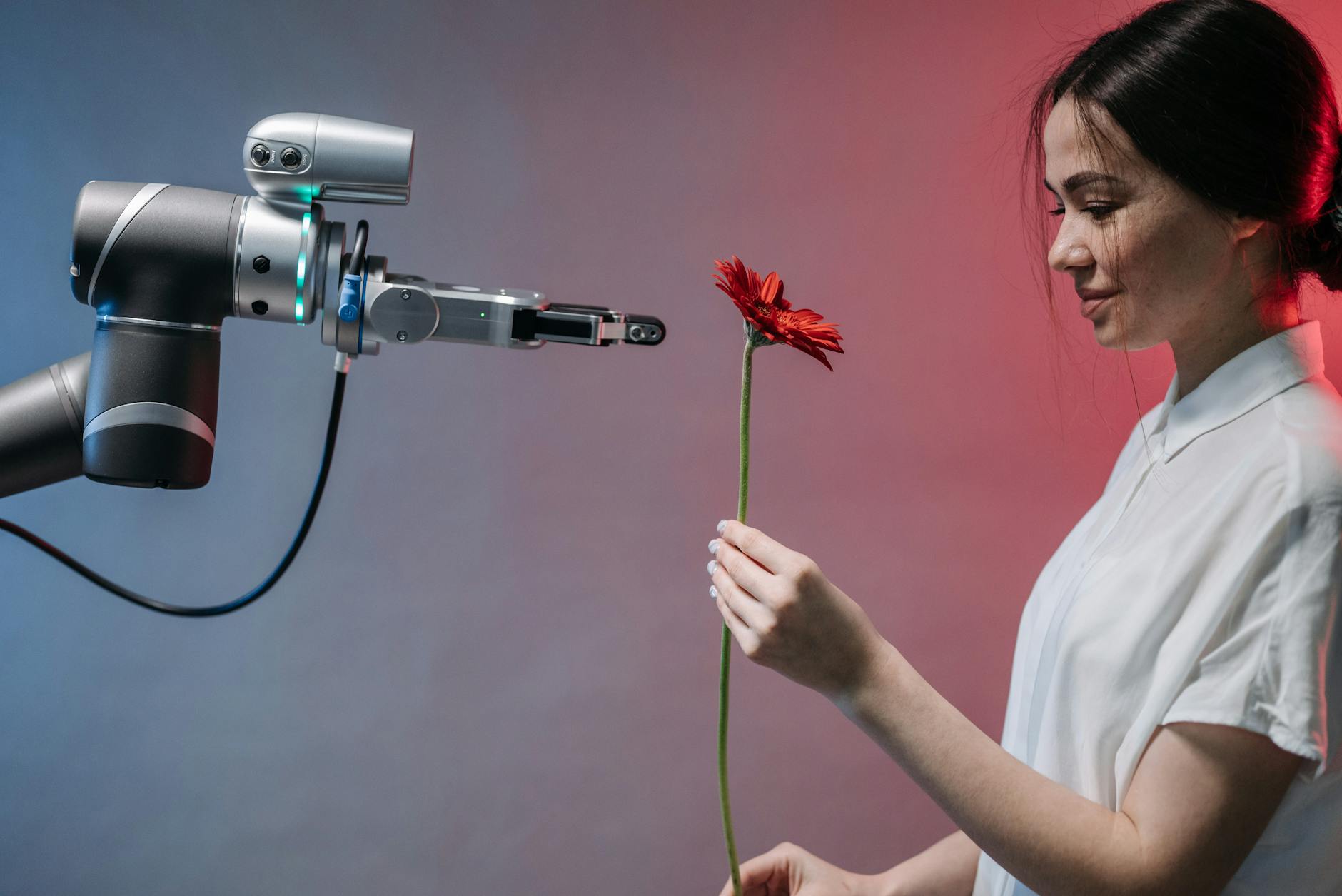Harnessing AI Emotion Recognition in Robotics for Enhanced Human Interaction

The Intersection of Emotion Recognition and Robotics
Robotics has long been associated with tasks that require precision, efficiency, and automation. However, the integration of artificial intelligence (AI) emotion recognition technology is opening up new possibilities for robots to interact more effectively with humans.
Understanding Emotion Recognition in Robots
Emotion recognition in robots involves the use of algorithms and sensors to interpret human facial expressions, gestures, and voice tones. By analyzing these cues, robots can identify emotions such as happiness, sadness, anger, or surprise.
Applications in Various Fields
AI emotion recognition in robotics has applications across different industries. In healthcare, robots equipped with emotion recognition capabilities can provide emotional support to patients. In education, they can assess students' engagement levels during lessons. In customer service, robots can enhance interactions by adjusting their responses based on customers' emotions.
Challenges and Considerations
Despite its potential benefits, AI emotion recognition in robotics also poses challenges. Ensuring accuracy in emotion detection, respecting privacy concerns related to data collection, and addressing biases in algorithms are some key considerations for developers and users.
Enhancing Human-Robot Collaboration
By incorporating emotion recognition technology into robots, we can create more empathetic and responsive machines that improve human-robot collaboration. For example, a robot working alongside factory workers can adapt its behavior based on the stress levels of its human counterparts, leading to a safer and more productive work environment.
